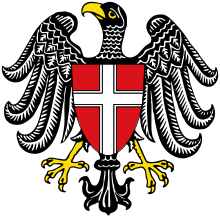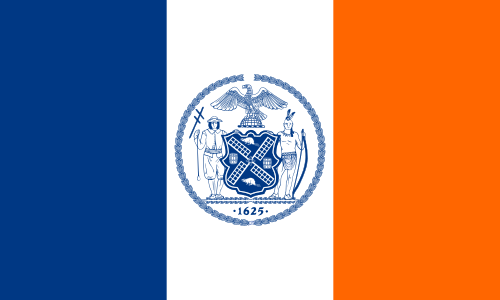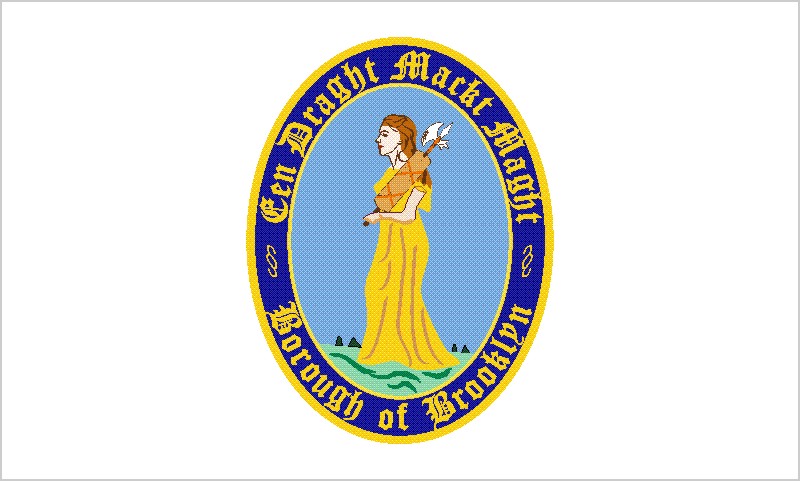Someone in your current hometown, perhaps many years ago, spent the time to sit down and design an iconic representation of what represents the vitality, purpose, or values of your community. Google up that sucker, post it here, and tell us what it all means.
Are these icons, heraldries, or symbols accurate or anachronistic? Do they affect or even apply to your life, or is it all just irrelevant poppycock?
Here's the official seal of the City of Houston Texas:

When they made that seal in 1840, there wasn't a train track coming to Houston. There wasn't even a plan for a train track to come here: it was entirely aspirational. That's John Deere's original steel plow below the train, the plow that tamed the stubbon prairie sod of the Mississippi basin.
The inner circle is lined with cotton puffs, although there was little cotton being planted in the region yet--again, they had big plans. The cording around the outer circle may be hempen rope (a minor crop at the time) or it may just be designed thus to look purty. One historian refers to this design as "masterful hucksterism" for making it seem like Houston was already destined for greatness--a greatness it only secured when Galveston got clobbered by a killer hurricane 60 years later and the now-small city of Beaumont, Texas, refused to let disgusting little oil men dirty up their downtown in the early 1900s.
Are these icons, heraldries, or symbols accurate or anachronistic? Do they affect or even apply to your life, or is it all just irrelevant poppycock?
Here's the official seal of the City of Houston Texas:

When they made that seal in 1840, there wasn't a train track coming to Houston. There wasn't even a plan for a train track to come here: it was entirely aspirational. That's John Deere's original steel plow below the train, the plow that tamed the stubbon prairie sod of the Mississippi basin.
The inner circle is lined with cotton puffs, although there was little cotton being planted in the region yet--again, they had big plans. The cording around the outer circle may be hempen rope (a minor crop at the time) or it may just be designed thus to look purty. One historian refers to this design as "masterful hucksterism" for making it seem like Houston was already destined for greatness--a greatness it only secured when Galveston got clobbered by a killer hurricane 60 years later and the now-small city of Beaumont, Texas, refused to let disgusting little oil men dirty up their downtown in the early 1900s.






















